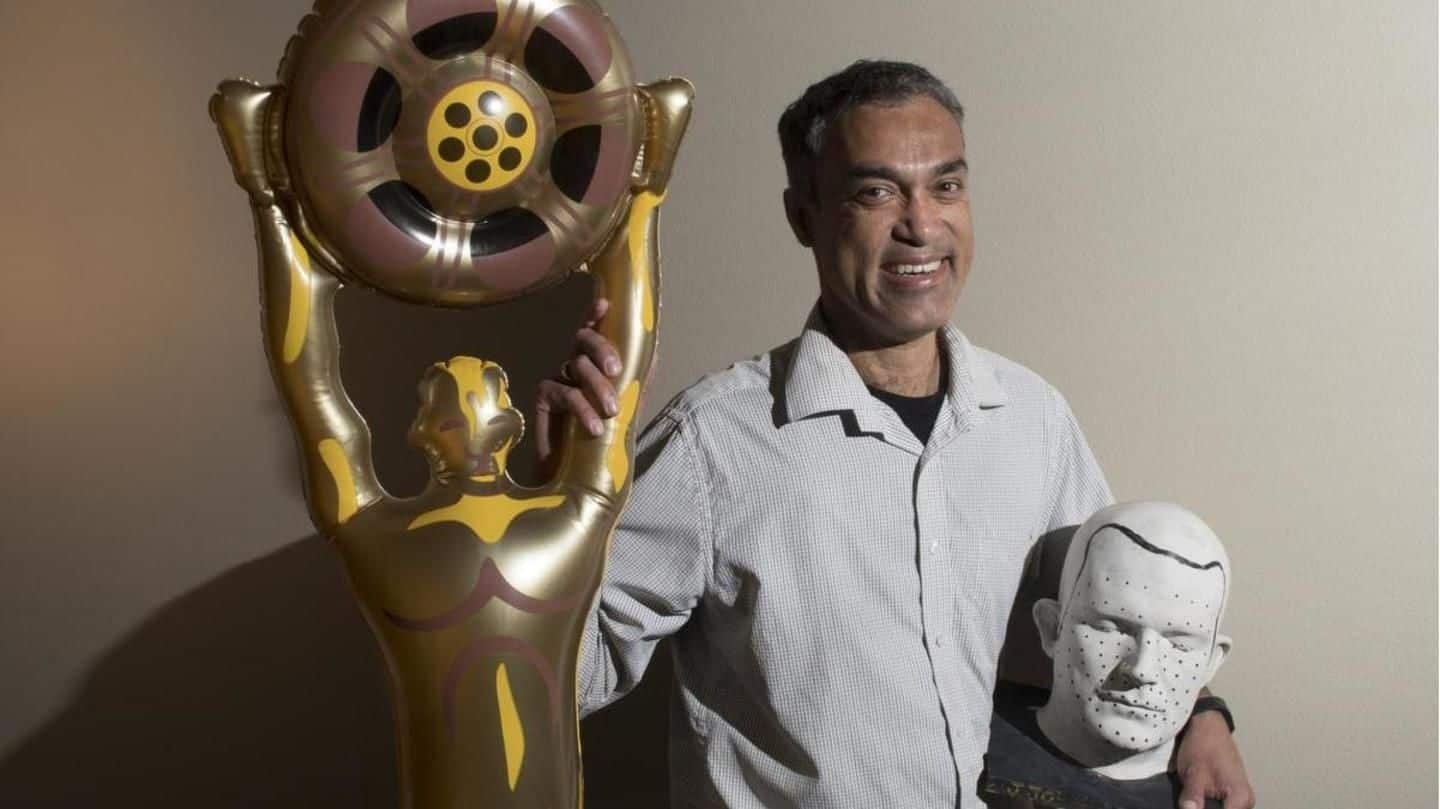
Will Smith 'flew', Jolie 'seduced', courtesy this Oscar-winning Indian animator
What's the story
When the Academy Awards' list of winners for technical achievement was announced last year, India had a big reason to raise a toast. Pune boy Parag Havaldar was one of the winners for creating "animation rig-based facial performance-capture", used in movies like Beowulf, Spiderman, Green Lantern, and Hancock. The talented animator has now shifted to the gaming industry, terming it the "future of technology."
Language barrier
He knew three African languages, but failed in Marathi
Havaldar was just 4 years when his family shifted to Zambia from India. There, he quickly picked up three Bantu (African) languages. They returned to Pune after seven years and Havaldar got admitted in St Vincent's High School. He faced a major struggle there: his Marathi was deplorable. "I couldn't read and write Marathi. I failed the subject often," he laughingly recalls.
Career
Magic started when he joined Sony Pictures Imageworks
After school was over, he enrolled in IIT-Kharagpur with computer science in 1987 and within nine years, acquired a PhD in Computer Graphics and Computer Vision from the University of Southern California. He subsequently joined Sony Pictures Imageworks in 2003, where the real magic happened. He and his team created 3D facial skeletons after studying the movement of muscles in facial expressions.
The idea
Beowulf creator asked Havaldar to cut out actor's emotions
This skill came of use when Academy Award winner Robert Zemeckis was considering Beowulf (2007). Havaldar says Zemeckis, the visionary director that he is, floated the idea of capturing 'the actors and get the emotions out? Everything else — clothing, make-up or lighting — can be done post-production.' The filming took just three weeks but the post-production consumed a lot of time, said Havaldar.
Movies
Havaldar also made Will Smith fly in Hancock
It was because such a technology was hardly used earlier. "What we tried to accomplish with Beowulf was ahead of its time," Havaldar says. The film clicked and Havaldar's work came to the limelight. He eventually was roped in for Will Smith-starrer Hancock and Ryan Reynold's Green Lantern, where the CGI'd mask moving fluidly with his face was Havaldar's work.
Experience
'Creating digital duplicate of actor's face retaining the nuances crucial'
Havaldar said since face is a "very big part of a performance, creating a digital duplicate of it that has the actor's nuances" is extremely critical. His software captures facial expressions through markers placed on an actor's face, after which a virtual avatar is used. For Monster House (2006), they used a cartoon replica, while for The Amazing Spider-Man (2012), they used realistic replica.
Information
'Important to understand artistic requirements to create desired art-forms'
"If you're in the artistic side, understanding technology and how to harness it is very crucial. Similarly, coming from technology side, you've to understand artistic requirements. Only then can you write software that can be used by artists to create desired art-forms," pointed out Havaldar.
Agreed?
In future, games will surpass movies in entertainment quotient: Parag
Apart from creating digital faces, the 48-year-old father of two daughters also teaches multimedia at his alma mater. Currently, he's working with Blizzard Entertainment, California-based video game developer, known for World of Warcraft, Diablo, StarCraft, and Overwatch. He says in terms of entertainment, "games are going to pass movies" in future. "It's going to be interesting to see where they go in 10 years."